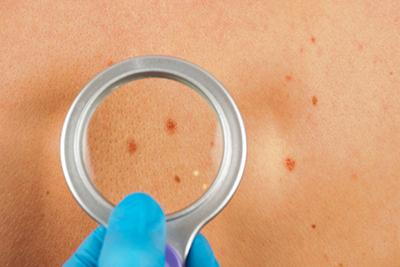
Griffith Dermatology, with the father-and-son team of Dr. Robert Griffith (Snr.) and Dr. Robert Griffith (Jnr.), knows how to diagnose many skin problems to help you look and feel better. For example, they can help you understand whether your moles in Knoxville, TN, are cancerous or just okay. This guide will make it easier for you to understand this situation and get the care you need.
A Mole Is Not Always a Problem
In most cases, a mole is not a major health disaster. Taut collections of slightly mutated cells, a typical mole sits benignly on the skin for years without developing any signs of cancer. However, sun exposure and other dangers could increase a person’s risk of this problem. According to the Cancer Center, risk factors for cancer include:
- Nonmelanoma Risks: Your mole may turn cancerous if you have fair skin, a weakened immune system, arsenic exposure, actinic keratosis, or prolonged exposure to UV rays.
- Melanoma Risks: The risk of melanoma increases if you have a big mole or many across your skin, experience frequent sunburns, have a family history of melanoma, or are white.
Signs of Problems
Talk to a dermatologist today if you’re worried that your Knoxville, TN, moles are turning cancerous. Many dermatologists follow what Medical News Today calls the ABCDE guideline for mole-related skin cancer.
- A: Asymmetry or when the halves of a mole don’t match. One side might have waving lines, while the other is more or less normal. This change indicates potential mutations.
- B: Border irregularity or when the edges of your mole are blurred, uneven, or weird. Even small portions of irregular shaping could indicate a higher risk of cancer.
- C: Color or if the mole’s color changes or looks different than the traditional color. A blue or red mole is potentially at a higher risk of cancer than a brown one.
- D: Diameter or when a spot grows to be larger than 6 millimeters, around the size of a pencil eraser. At this point, it could be a potential danger to you.
- E: Evolution or a mole that experiences regular changes in its size, shape, color, or texture. Often, this mole will look far different than other ones on your body.
Take Your Mole Seriously
If you have one or more moles in Knoxville, TN, that you think might be cancerous, call our Griffith Dermatology team immediately to get help. Dr. Griffith (Snr.) and Dr. Griffith (Jnr.) will work with you to diagnose the problem and devise a solution. Call our team at (865) 588-1361 today.
